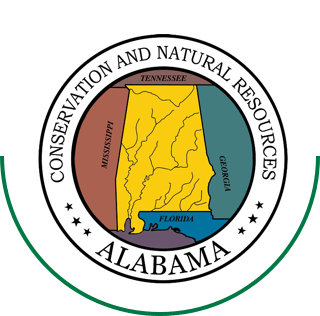Cheaha State Park PreK-12 Field Trip and Outreach Curriculum
Customized Field Trips and Outreach Programs
Cheaha State Park: Curriculum Guide
Introduce your family, class, club, troop, or group to the wild places of Alabama State Parks. These are curriculum-based, customized, hands-on, fun, and educational field or classroom experiences. Most of these topics can be adapted from field to indoor/outdoor classroom and we adapt to the “age or grade level” of our participants.
Fees range from $5-$20 per student. (Minimum $150 per program fee)
Alabama State Parks Education/Program Contact:
Kathryn Gray
Park Naturalist
Cheaha State Park
Phone: 256-276-7952
